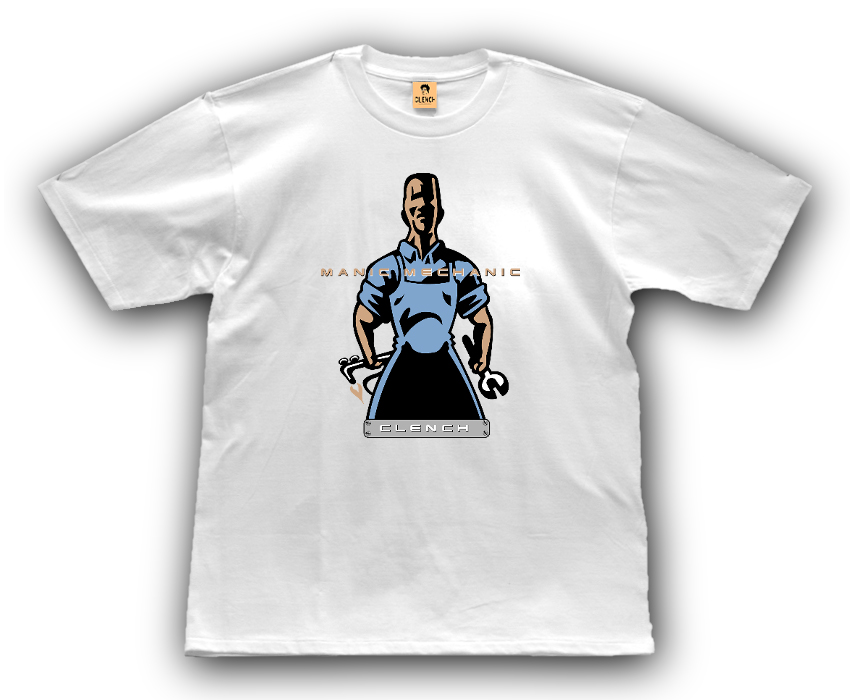
To Blog Or Not To Blog? Your Questions Answered
March 2009
OK, show of hands. How many of you feel guilty right now?
You think you should have a blog – but you just haven’t gotten around to it.
Our Q&A explains when blogs can pay off – and when you can take a pass.
1) What’s the purpose of a blog?
A blog is a social media tool. Its purpose is to encourage an online conversation, with interaction among you and your readers. They may respond to what you’ve posted – or they may react to something another reader has to say. Our Hall Of Fitness Silliness and our Gold’s Gym: Ballroom Dancers & Bodybuilders posts demonstrate how blogs spark conversations among your readers.
Lively online conversations among you and your readers help your business stay top of mind. They may not want to buy something today – but when they’re ready, they’ll remember you. And if their friends ask for opinions, you’re likelier to benefit from word-of-mouth.
But: if your blog is a one-way monologue where you post and no one ever reads, comments or responds to your posts, you’ve failed.
2) Is a blog right for your wellness business?
Blogs are not silver bullets. Most brick-and-mortar health and wellness businesses will get more bang for the buck from well-planned websites and monthly newsletters.
So we usually suggest that you tune your website and newsletter for maximum results. Then, if you have time and mindshare left over, and you’re a fast and engaging writer, consider a blog.
Blogs can be an especially valuable part of your marketing plan when you have a strong point of view that interests your readers and/or you want to establish your personal brand in the marketplace.
For example, Patrick Ward’s recent post on the supposed benefits of “Do What’s Best For You” is a great snapshot of his training philosophy.
Blogs are also a valuable tool if your business vision includes the sale of online personal training, wellness coaching or similar online services or knowledge products like e-books or webinars.
3) How do we get started?
First, choose a blogging platform. We usually recommend the free version of WordPress or Google’s free Blogger service.
Take the time to customize it with your logo and business name. Make sure you have a prominent link back to your website near the top of your blog.
Then, enable the RSS feed capabilities so that readers can sign up for email notifications every time you post.
Turn on comment approval so that your blog doesn’t fill up with spam comments.
Once you start posting, make sure you classify your posts with tags or keywords so that readers can search for posts that interest them.
Last but not least – develop a plan for publicizing your blog.
4) What will make our blog successful?
First, pick a topic that will fascinate current and potential clients.
For example, Hungry Girl’s blog focuses on low-calorie “swaps” for indulgent foods. The blog authors provide their own ideas and product recommendations – and readers actively participate with their own ideas and product “finds”.
Then, connect your online and offline marketing:
Say you’re conducting a free healthy lifestyles seminar for potential wellness coaching clients.
Post video and audio snippets and still photos from the event on your blog. Then, point people to your blog through your newsletter. Invite comments by asking readers to propose topics for the next free seminar.
5) What mistakes should we avoid?
You must actually post to your blog or there’s no point in having it. We see lots of wellness blogs with a flurry of posts during the initial month or two – and then…nothing. Ever again.
Pick a theme that truly interests and excites your audience. What will bore them? Your random thoughts of the day – a post on your car problems, another post on sleeping through your alarm clock, another post on how awful the obesity problem is.
Look for opportunities to include voices other than your own. For example, if you want to write about obesity, invite a client who’s overcoming obesity to serve as guest blogger. Ask readers to comment with their own stories, experiences and idea.
Finally, avoid regurgitating generic health and wellness posts that simply recap today’s CNN headlines. Always tie it back to what your potential and current customers care about.
More about online marketing for health & wellness businesses:
50 Ways To Get Email & Blog Subscribers
Social Media: Five Ways To Jumpstart Member Loyalty
Integrate Your Online & Offline Marketing For A 1-2-3 Punch
Leave a Reply
You must be logged in to post a comment.

